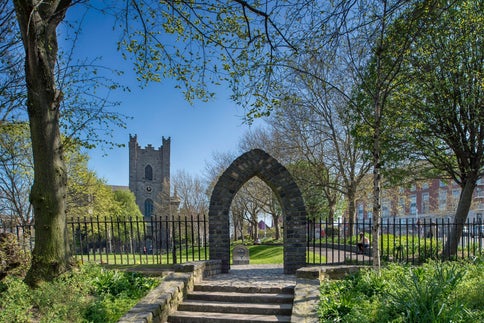- Home
- Traveller guides
- A Viking journey through Dublin
A Viking journey through Dublin
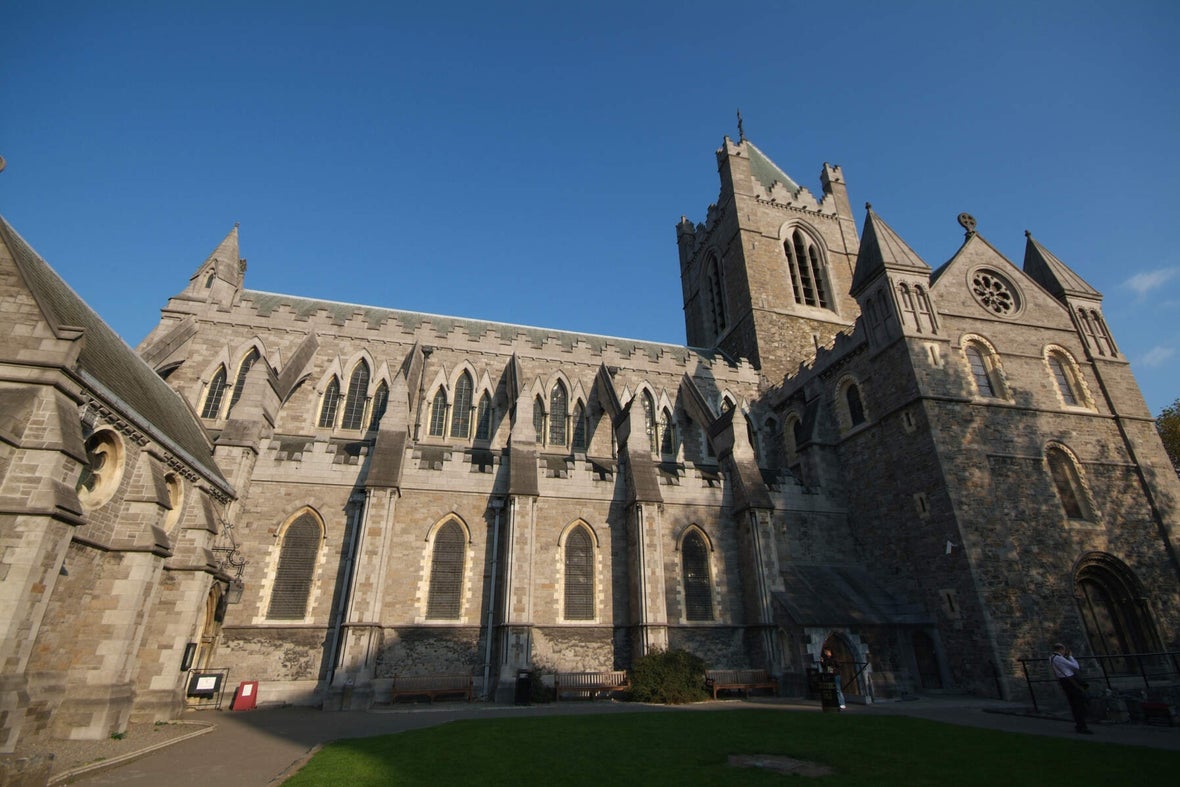
Dublin wouldn’t be what it is today without the impact of the Vikings, although our ancestors might beg to differ.
The Scandinavian warriors arrived in longboats in 795 AD and ruled with an iron fist for almost three centuries, before being defeated at Clontarf. You don’t have to look too far to see the marks left by these fierce invaders. Christ Church and Wood Quay are the two main Viking settlements in Dublin, and a good place to kick off a trip back in time. Here are our top picks to get you started on your voyage of discovery.
- 1.
- 2.
- 3.
- 4.
- 5.
- 6.
- 7.
Dublinia
A visit to Dublinia takes you right back to Viking times in the capital. See for yourself what life was like onboard a warship and how treacherous their long voyages were. Try on a helmet, handle their weaponry and pick up some of the skills involved in being a Viking warrior. You can take in the sights and sounds of a bustling Viking era street scene, and glimpse what their version of urban life might have been like. You’ll leave Dublinia with the mythology of the Viking legacy ringing in your ears.
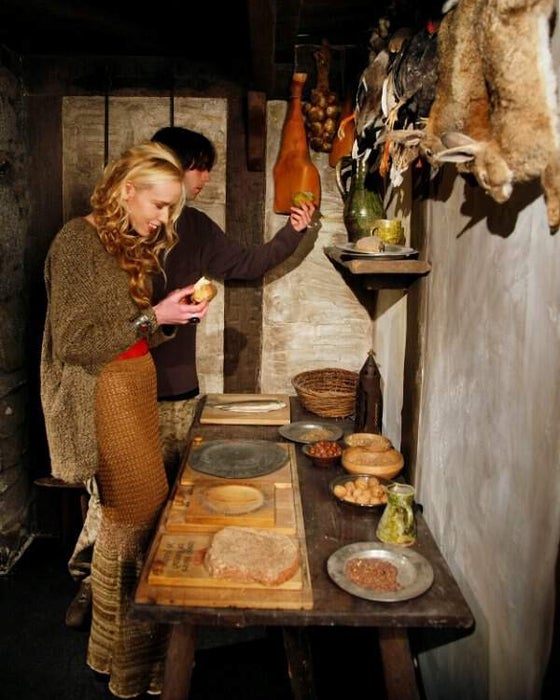
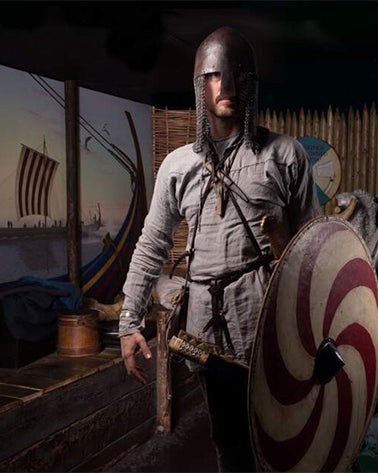
Christ Church Cathedral
Sitric Silkenbeard, the Viking King of Dublin built the original place of worship where Christ Church now stands. A gift to the Irish church from the Vikings, it’s become a focal point for worship, quiet contemplation, education and community events. Though it’s much changed since his day, you can delve into the oldest and largest crypt across Ireland and Britain, marvel at the intricate interior tile work or lose yourself in the stone labyrinth. To gain some background knowledge, pick up an audio guide and listen to tales of the cathedral’s history, from its Viking beginnings to today’s spiritual hub.
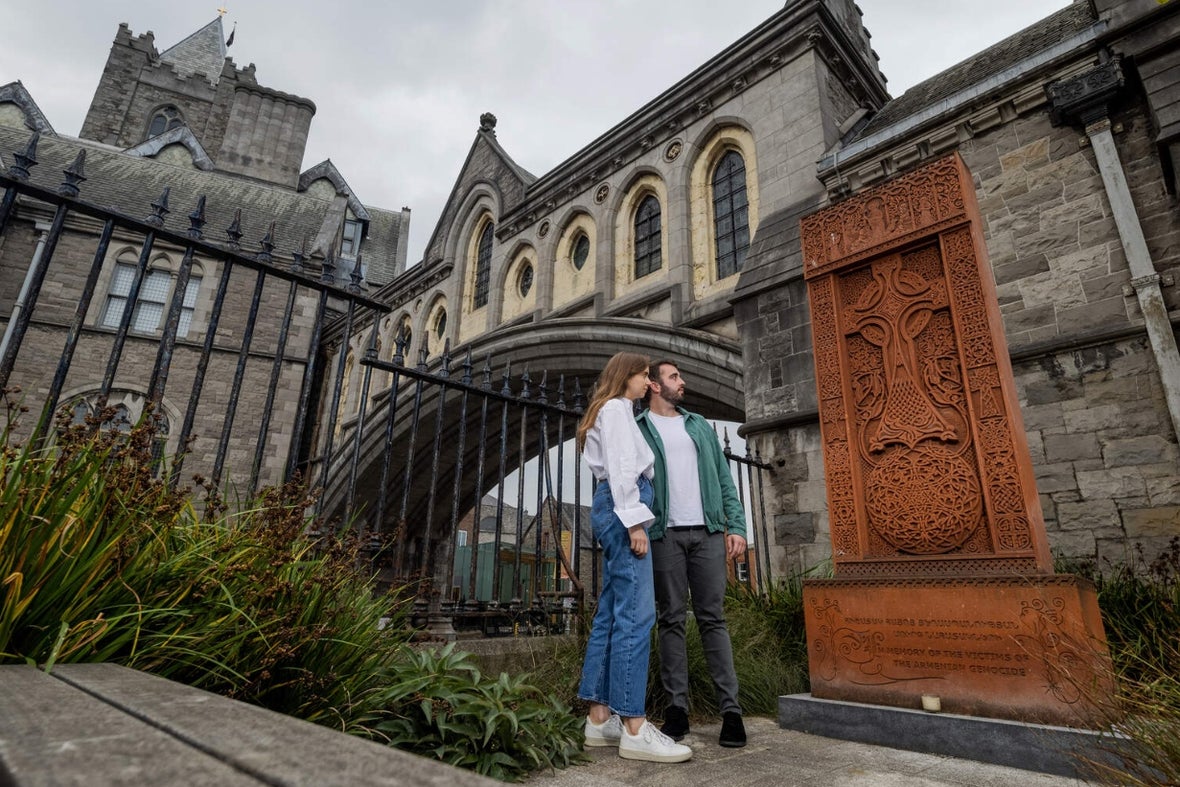
Wood Quay
Dublin’s main Viking excavation site came to the nation’s attention in 1974, thanks to building works that uncovered valuable insights into the past. We learned that the Vikings brought us into the monetary economy of Europe with King Sitric’s penny coins, and furthered our knowledge through finds of pottery, armour and weaponry. Remains of Norse and Norman villages were unearthed alongside thousands of artefacts, many of which are on display in the National Museum of Ireland, Kildare Street and Dublinia.
Wander the footpaths to view the Wood Quay sculpture by Michael Warren and bronze plaques by Rachel Joynt. You can also step inside the Dublin City Council offices to see the remains of the Hiberno Norse City Wall. As Fin Dwyer of the Irish History Podcast explains, the Vikings left an indelible legacy, and “The outline of the city is their mark.” The Wood Quay discoveries also underline the era’s thriving international trade, and show how Dublin took part.
The Brazen Head
Stop off at The Brazen Head to savour some of the city’s best hospitality and soak up the historic surroundings. Said to be one of Ireland’s oldest pubs, it dates back to 1198 when Norman mercenaries and Viking merchants gathered here. You can picture the scene centuries ago as you relax with a pint. It also makes the perfect pit stop for a hearty beef stew suitable for a hungry Scandinavian warrior, keeping you fuelled up on your exploration around Viking Dublin.
National Museum of Ireland, Kildare Street
At the Viking Ireland exhibition in The National Museum of Ireland, Kildare Street you can learn about the Viking Age in Ireland through fascinating artefacts. It represents the finest collection in Europe of excavation finds from an early medieval urban centre. The exhibition features swords, jewellery, toys, board games and wooden bows, all of which were discovered in the Wood Quay excavation.
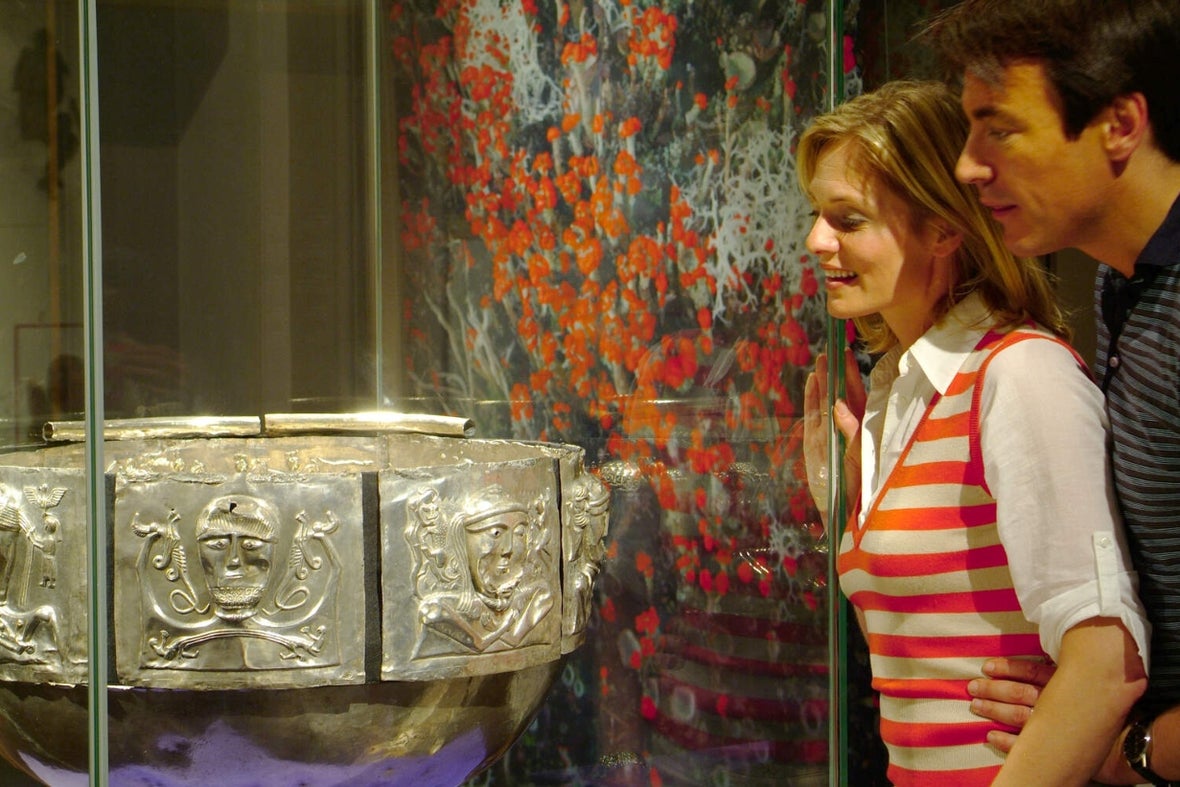
Dublin Castle and the Dubh Linn (Poddle)
No visit to Dublin would be complete without a visit to Dublin Castle, or at least a relaxed stroll in the castle’s Dubh Linn Gardens. The original medieval structure was built in 1171 on ground that was a Viking settlement, part of which survives to this day.
Under the castle, the River Poddle flows through a large brick tunnel, which you can walk through with restricted access. Running all but invisible throughout most of the city, the waterway helped to inspire both the name of the nearby gardens and the city itself. The Vikings named the place where the Poddle and Liffey rivers meet as ‘Dyflin’, meaning ‘black pool’. Later, this took the Irish form of Dubh Linn.
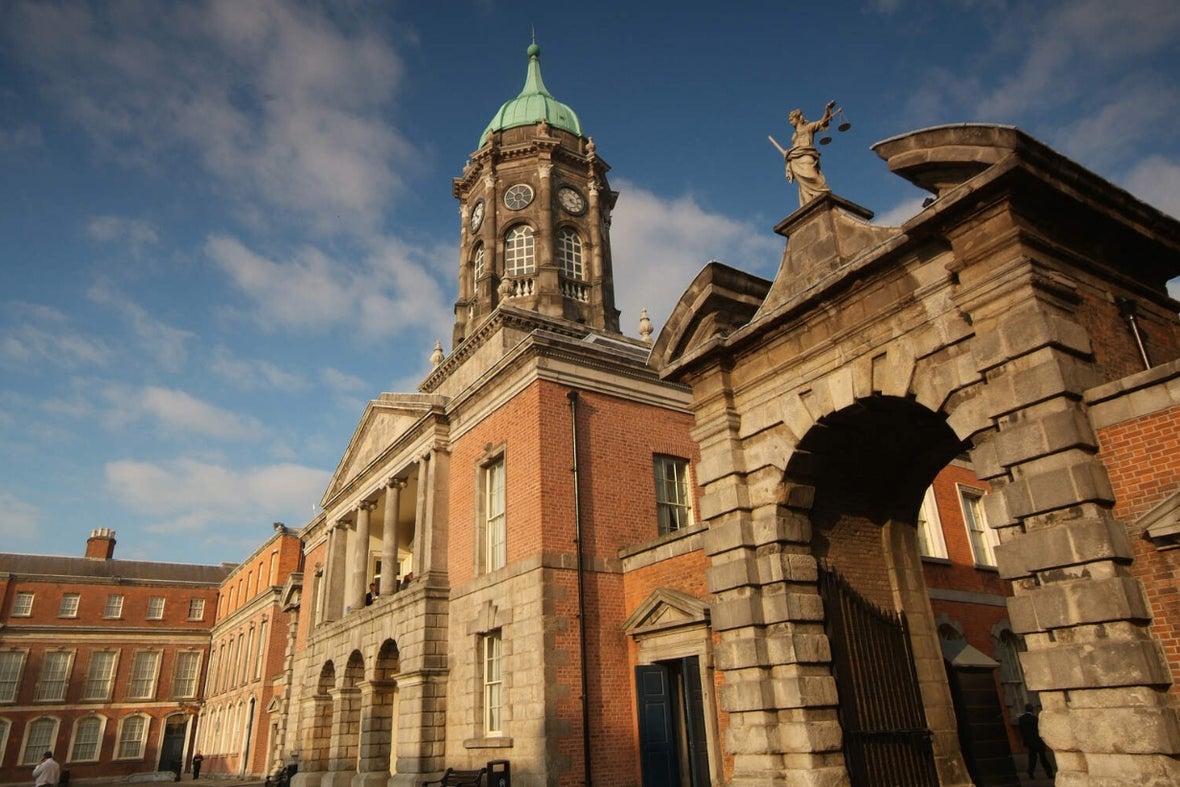
The Steine of Long Stone
The Steine of Long Stone, or Ivar the Boneless’ Pillar, is a replica of a carved pillar erected by the Vikings in the 10th or 11th century. Ivar the Boneless is of course the same notorious Ivar you may know from the History channel’s Vikings series. You’ll find it at the junction of Pearse Street and College Street. The original Steine stood 12 to 14 feet high and was designed to prevent longships from running aground. Today’s sculpture, which features Ivar, was carved by Clíodhna Cussen.
If you’re looking to further immerse yourself in Dublin’s Viking past, head out to nearby Clontarf, where the Vikings were finally defeated by Irish High King Brian Boru. From there, you can journey onward to Hǫfuð (‘head’ or ‘headland’ in Old Norse), though if you’re asking directions, it’s better known these days as Howth.
Plan your next Dublin adventure
If you’ve relished unearthing Dublin’s Viking beginnings, discover more urban history as you check out some of our fair city’s architectural landmarks and find great things to do.
